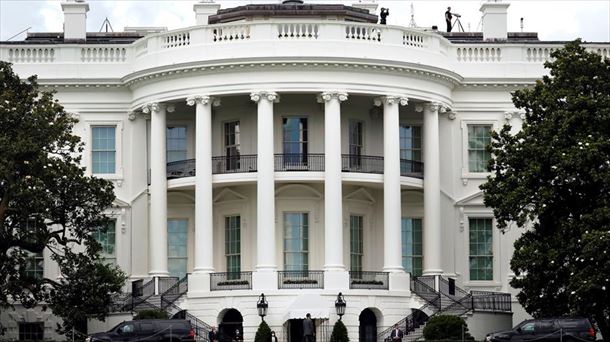Researchers used numerous satellite images to identify thousands of areas of debris covering 94.5 square kilometers of water.
Many Austrians are looking forward to their well-deserved beach holiday on the Mediterranean this year. On thousands of beaches this is completely harmless, but an international team of researchers is raising eyebrows: according to studies, a whole truckload of plastic now ends up in the world’s oceans every minute.
Satellite images show rubbish on the sea surface
However, it was still unclear where the waste ultimately ends up. That is why marine scientists from the University of Cádiz in Spain, together with the European Space Agency (ESA), analyzed 300,000 satellite images of the sea surface every three days. Together with algorithms, a comprehensive map was created, which has now been published by the journal ‘Nature Communications’.
It shows where marine pollution is most concentrated in the Mediterranean: on the Italian coast from Trieste to Venice, in the south of the country between Naples and Calabria and on the east coast of Greece. Streaks of waste can also be seen on the southern coast of Spain, the coast of Algeria and Tunisia and the southern coast of Turkey, where seaside resorts such as Antalya, Alanya and Side are located.
Researchers have identified nearly 14,400 waste lanes
Even without a map, the numbers are frightening: the total of 14,374 identified litter trails cover 94.5 km² of ocean surface. This is equivalent to 7,500 football fields. Some of these litter trails reach lengths of up to 20 kilometres and were formed mainly by strong ocean surface currents.
Source: Krone
I am Wallace Jones, an experienced journalist. I specialize in writing for the world section of Today Times Live. With over a decade of experience, I have developed an eye for detail when it comes to reporting on local and global stories. My passion lies in uncovering the truth through my investigative skills and creating thought-provoking content that resonates with readers worldwide.



